X
There is no clear definition for those people called “Environmental refugees” and this category isn’t covered by the 1951 Refugee Convention; such Convention extends only to people who have a well-founded fear of being persecuted because of their race, religion, nationality, membership of a particular social group or political opinion, and are unable or unwilling to seek protection from their home Countries. Environmental migration is like an unexploded device: in a not-too-distant future, the whole planet shall face the economic and social burden of its consequences. By 2050, one in 45 people will be an environmental migrant—200/250 million people in total – today there are already tens of millions (source, IOM and UN). Ninety percent of these 200/250 million migrants live in developing countries. Composed of 5 camps and with a population of more than 420.000 refugees, Dadaab – located in the North of Kenya and a few kilometers from the border of Somalia – is the largest refugee camp in the world. Three quarters of its population are children under the age of 12, women and elderly people. However, arriving to Dadaab is no survival guarantee, especially for children who are malnourished, unhealthy and vulnerable. The camp was originally opened as a temporary site in 1992 and is still home to people fleeing famine and drought. Thousands of Somalis are heading to the Dadaab refugee camp. Hope is buried there, in the unraveling of shanties kept together by the desperation of those who try to escape the famine that hit millions of people in the Horn of Africa. (text by Luca Catalano Gonzaga).
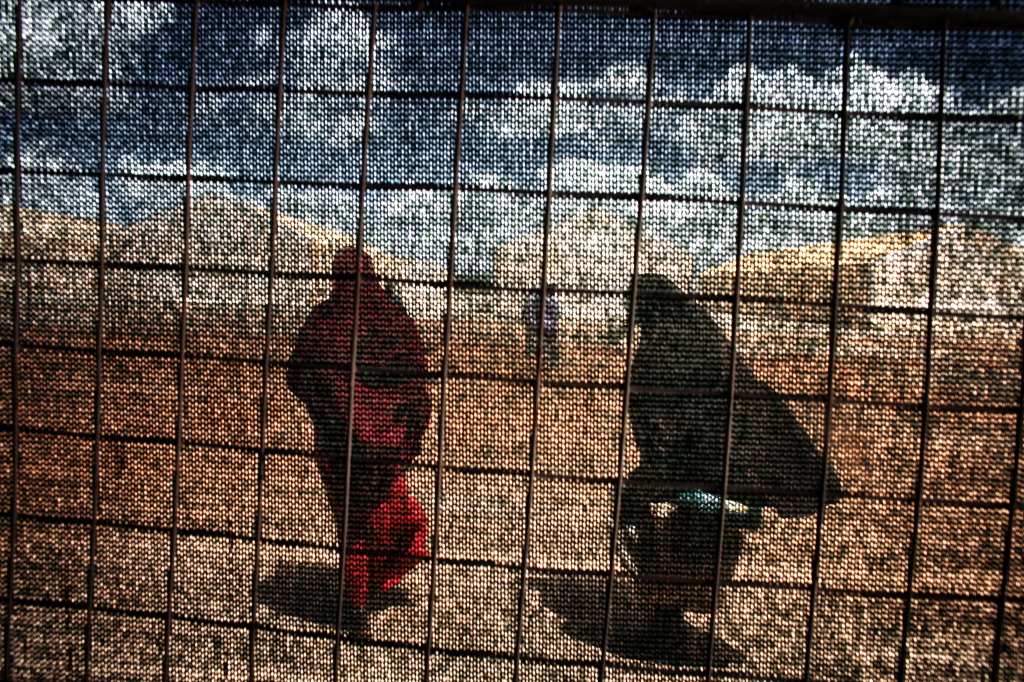
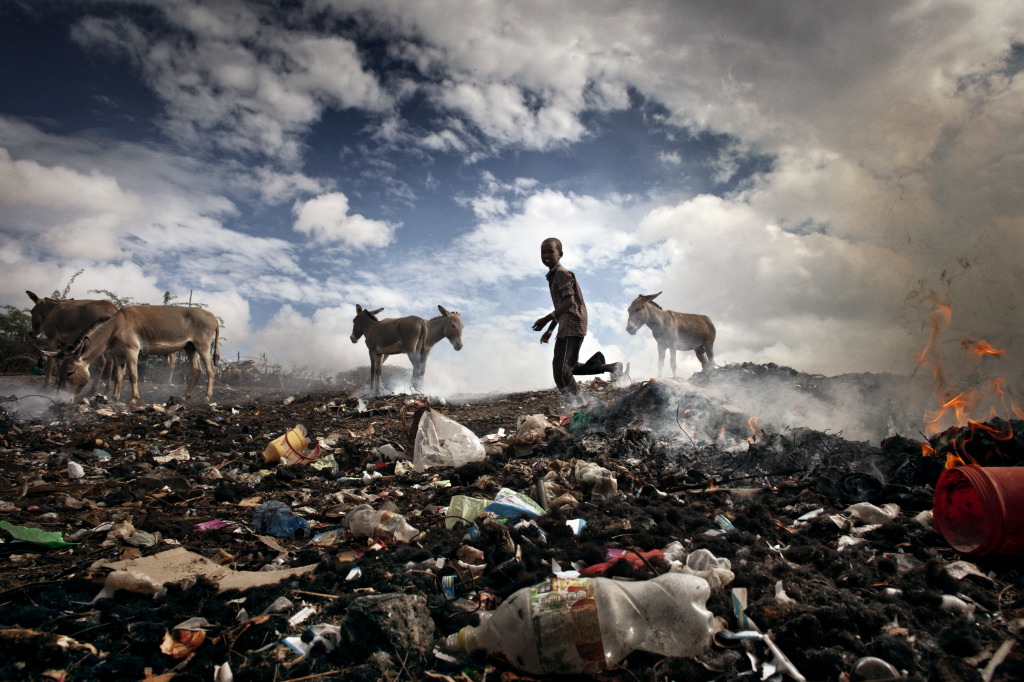
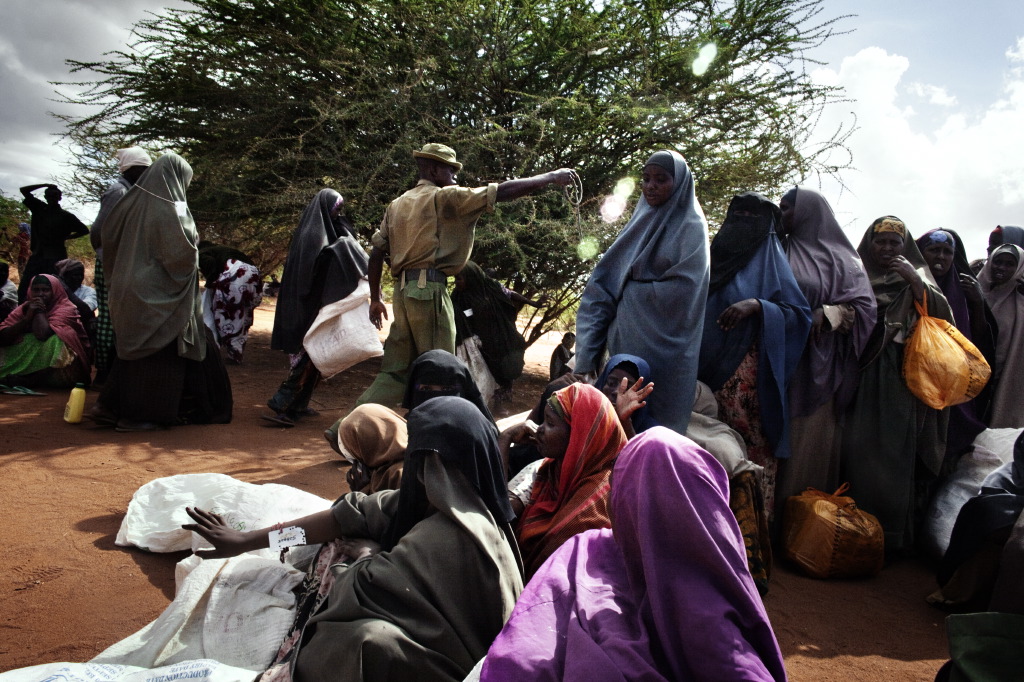
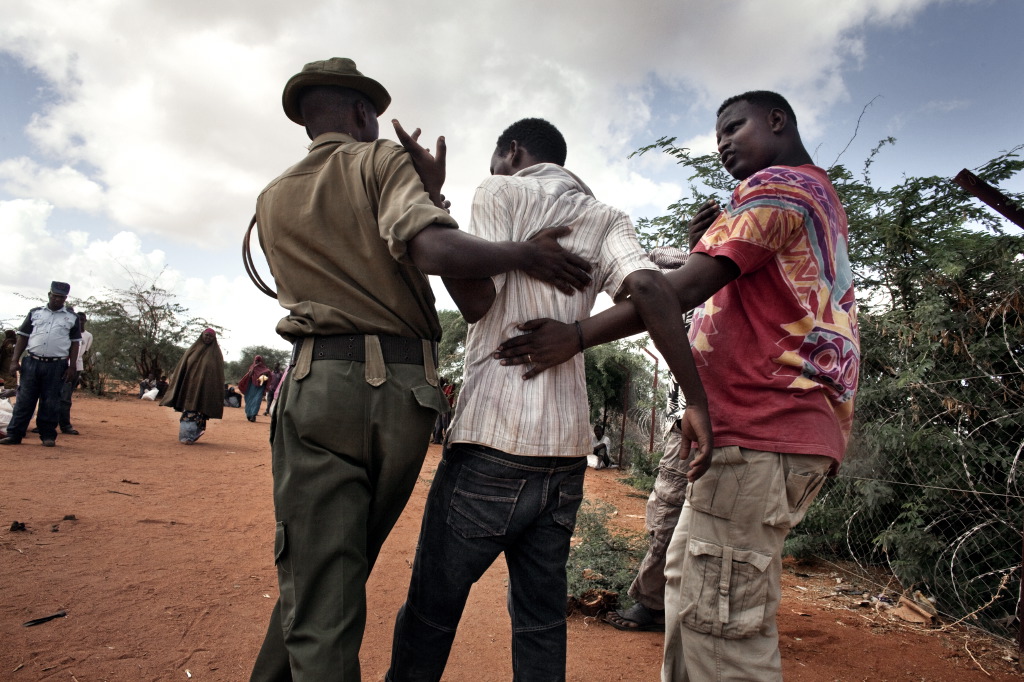
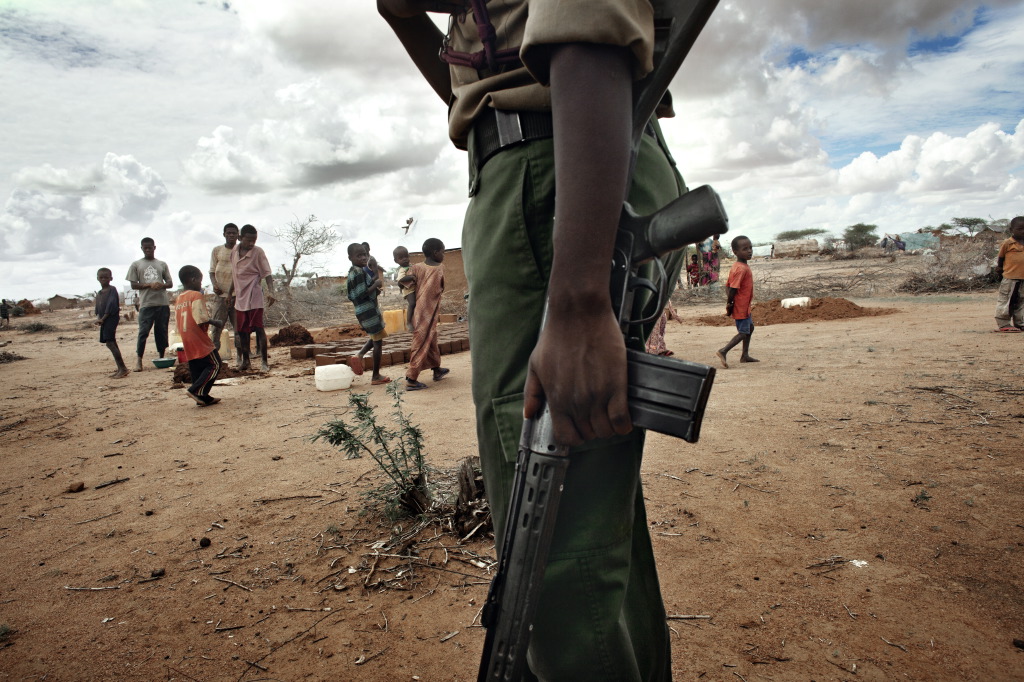
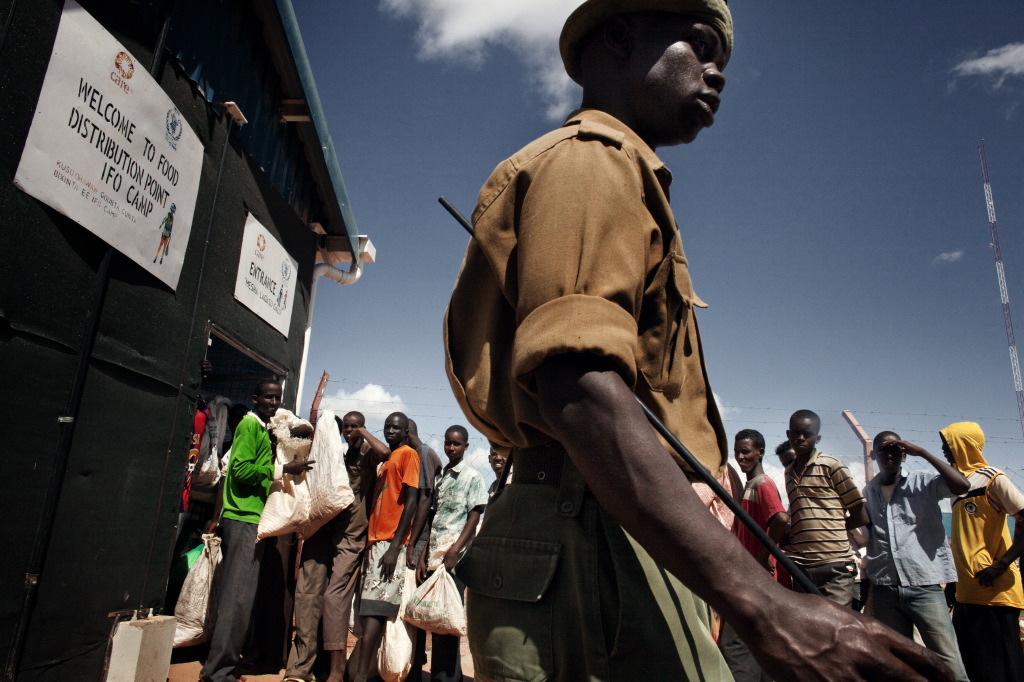
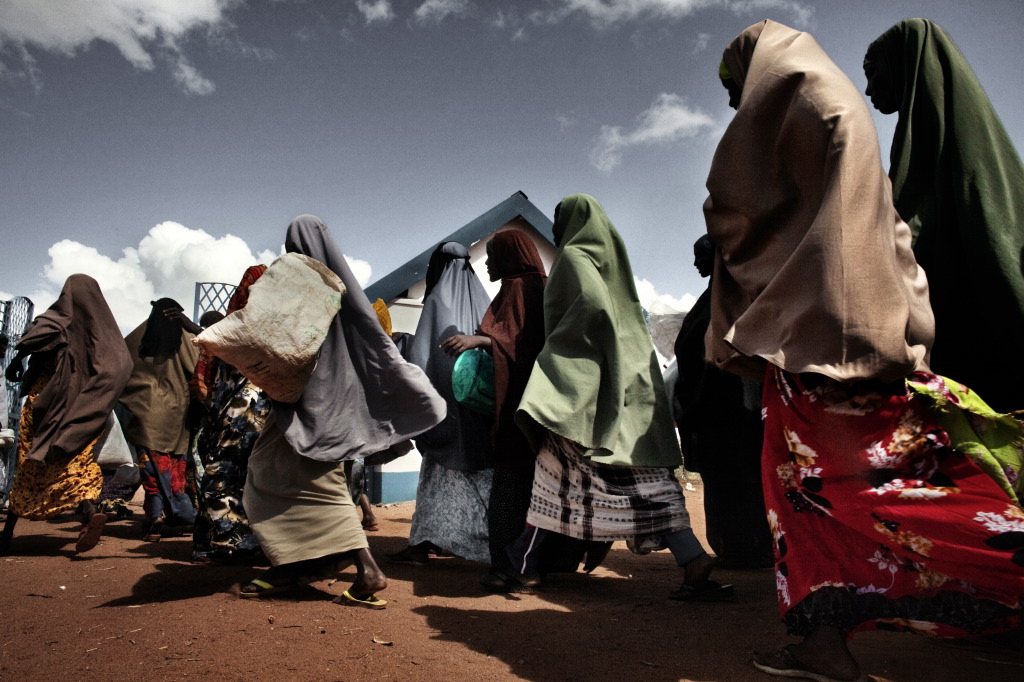
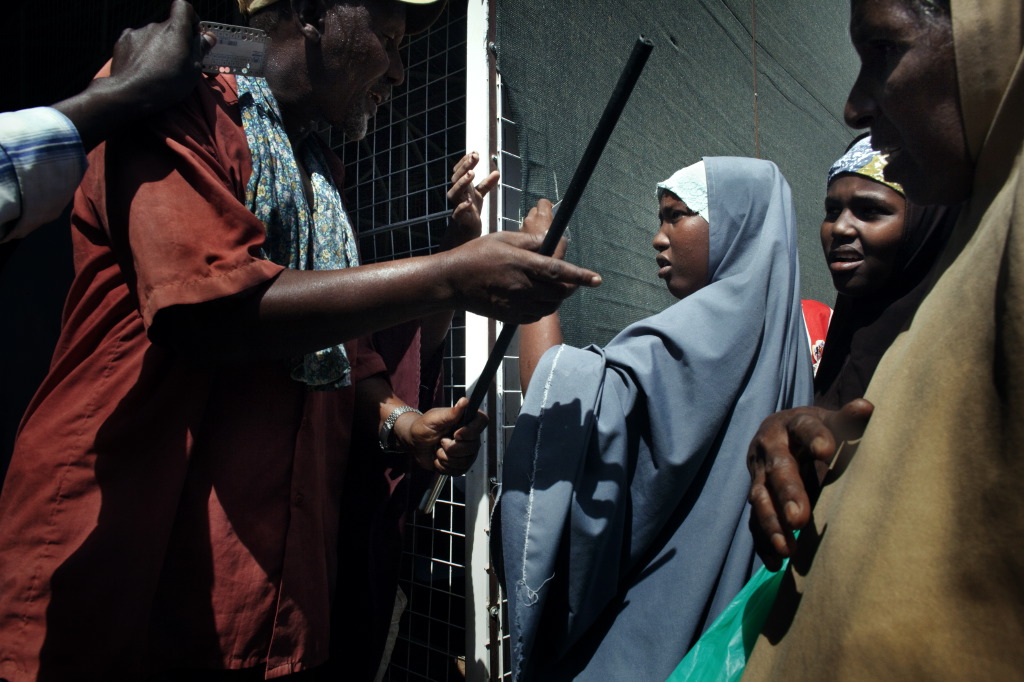
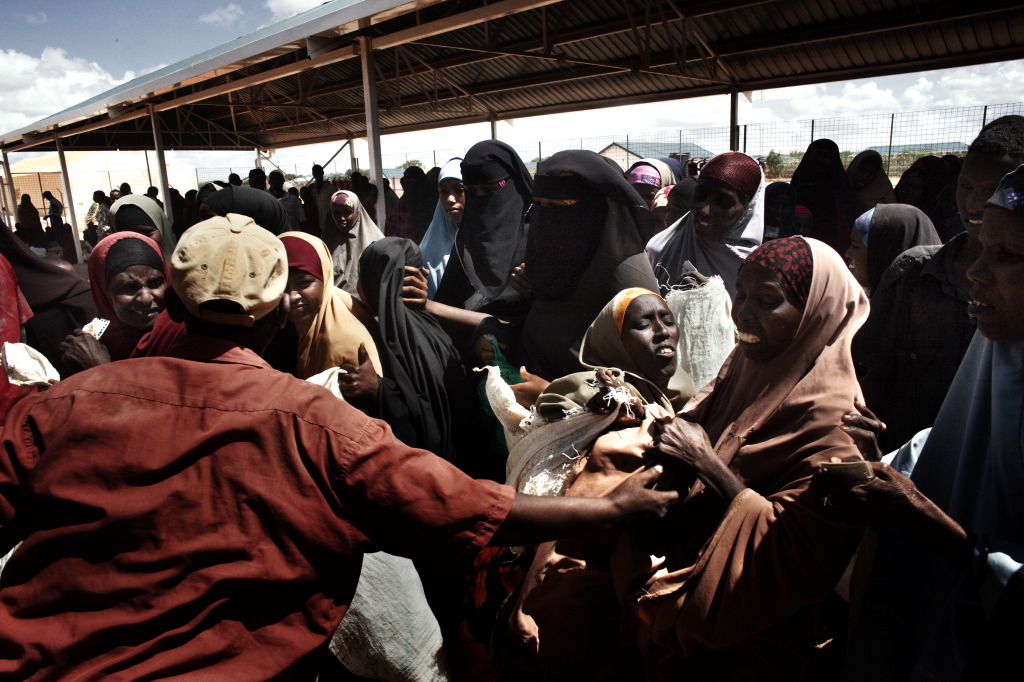
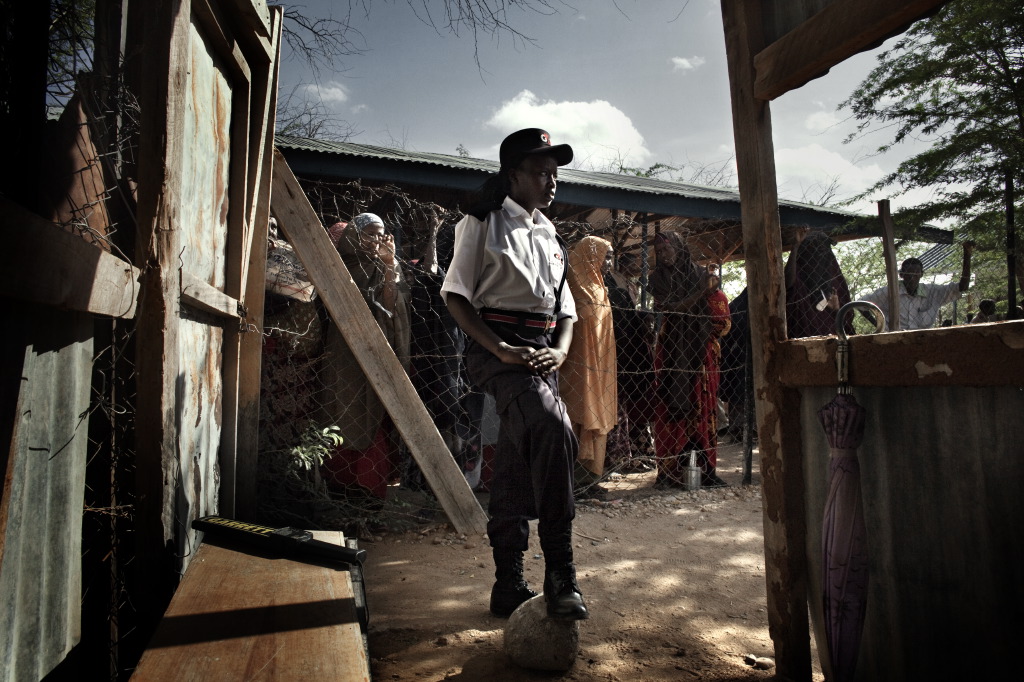
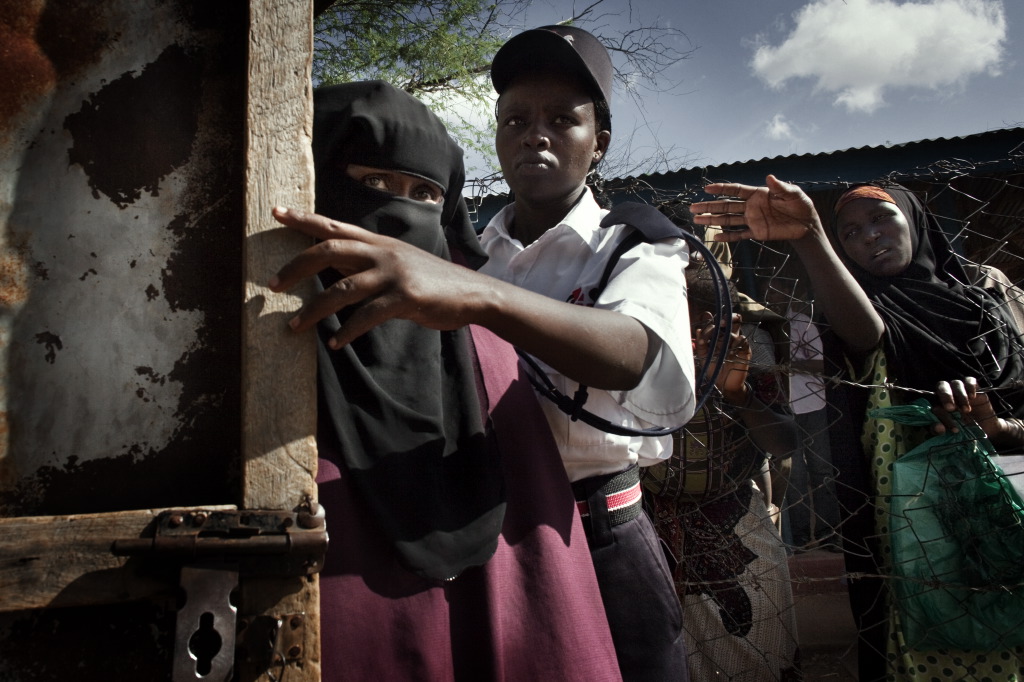
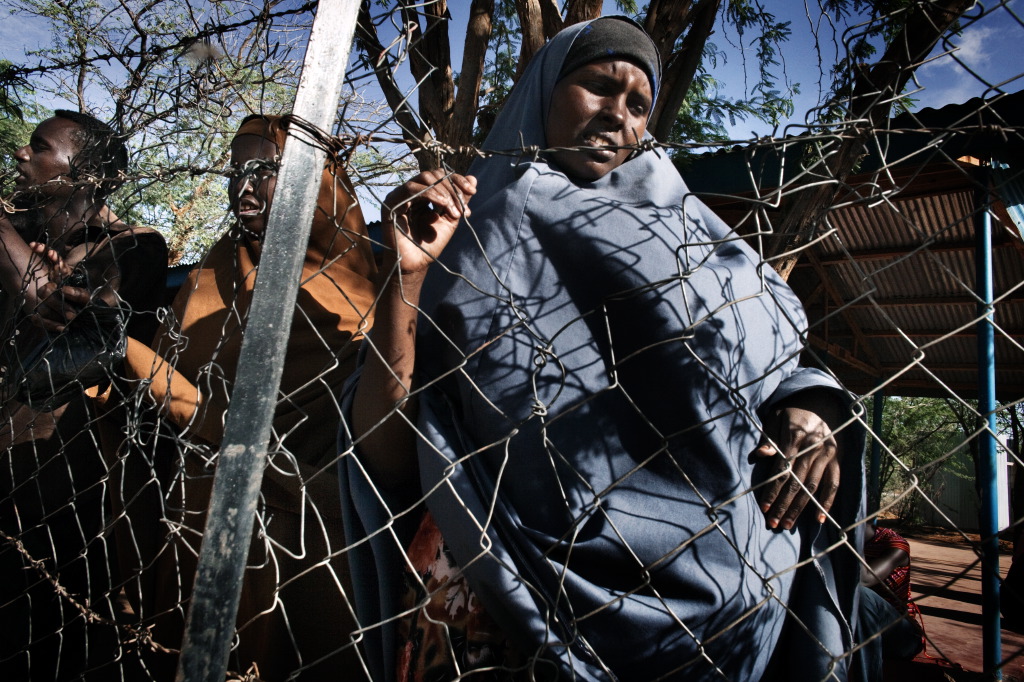
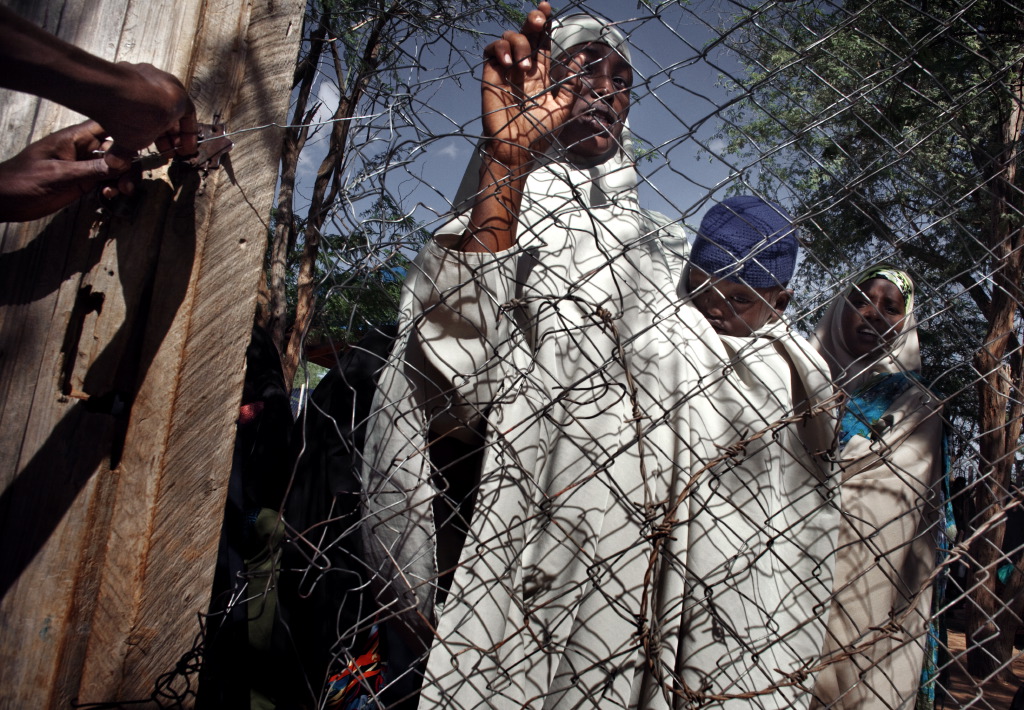
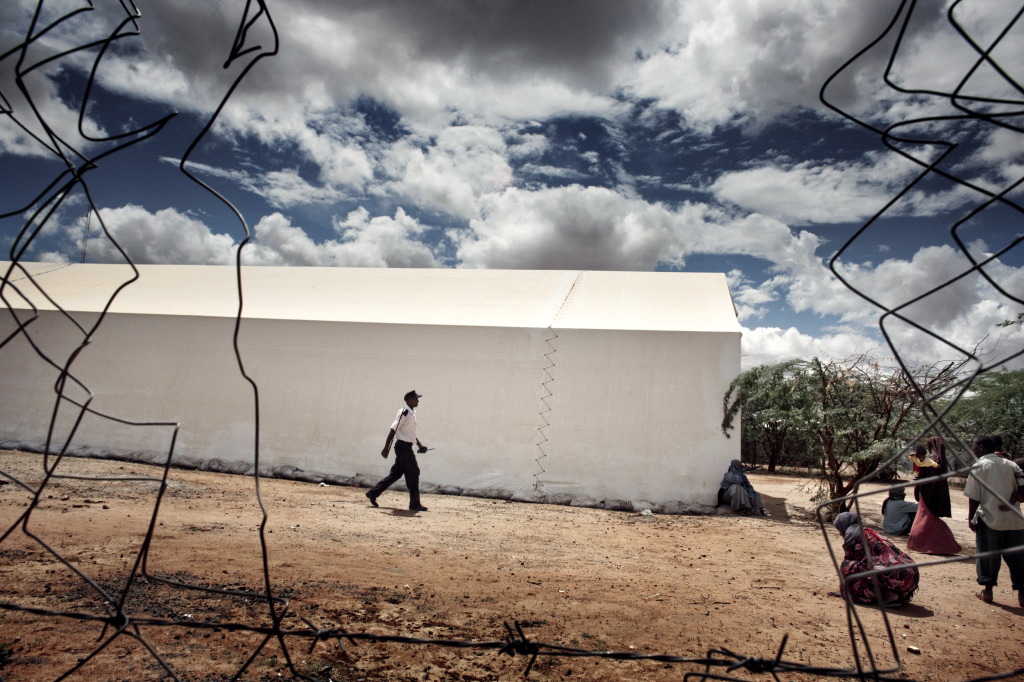
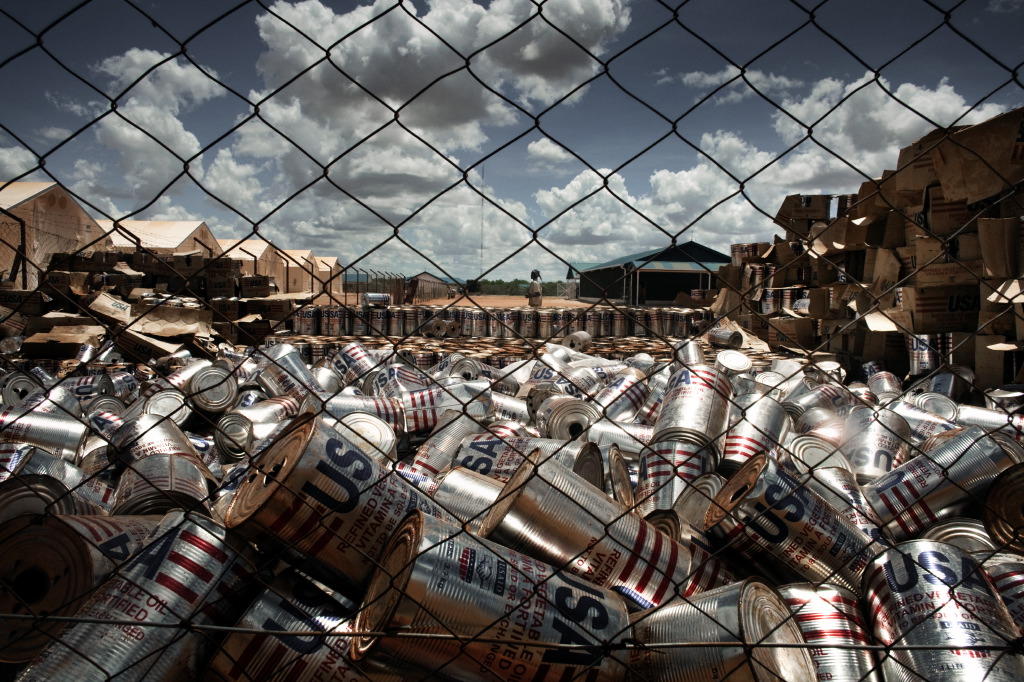
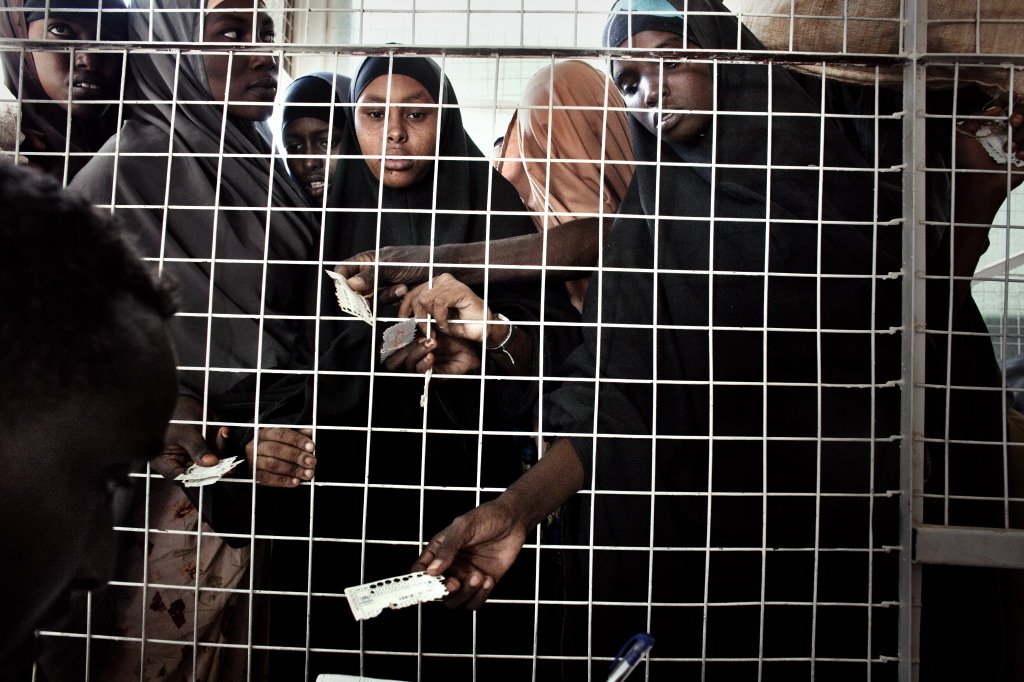
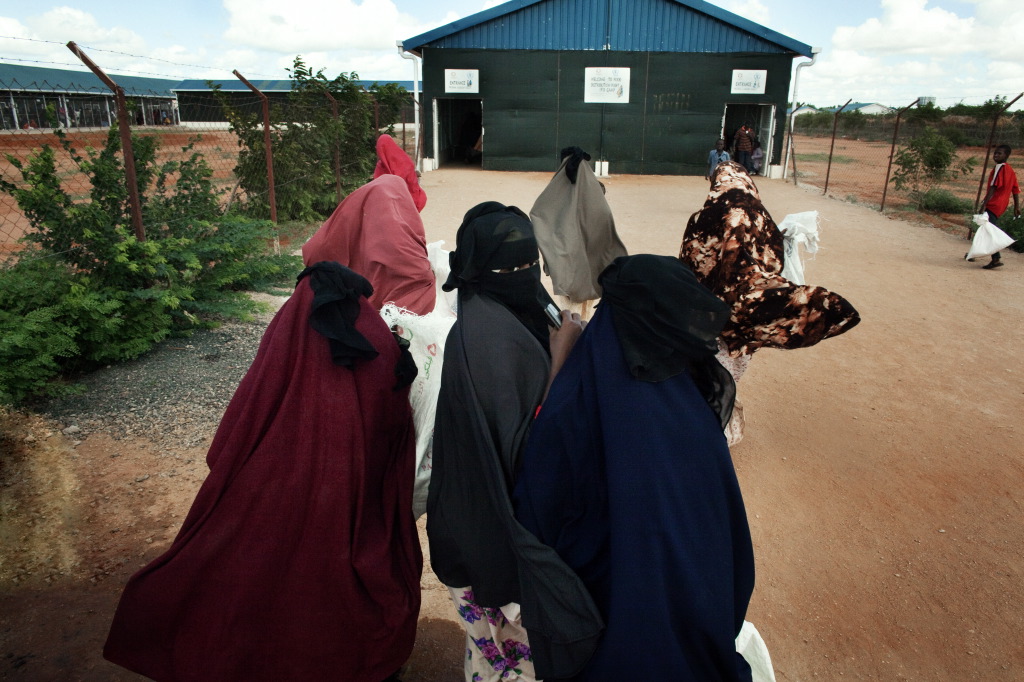
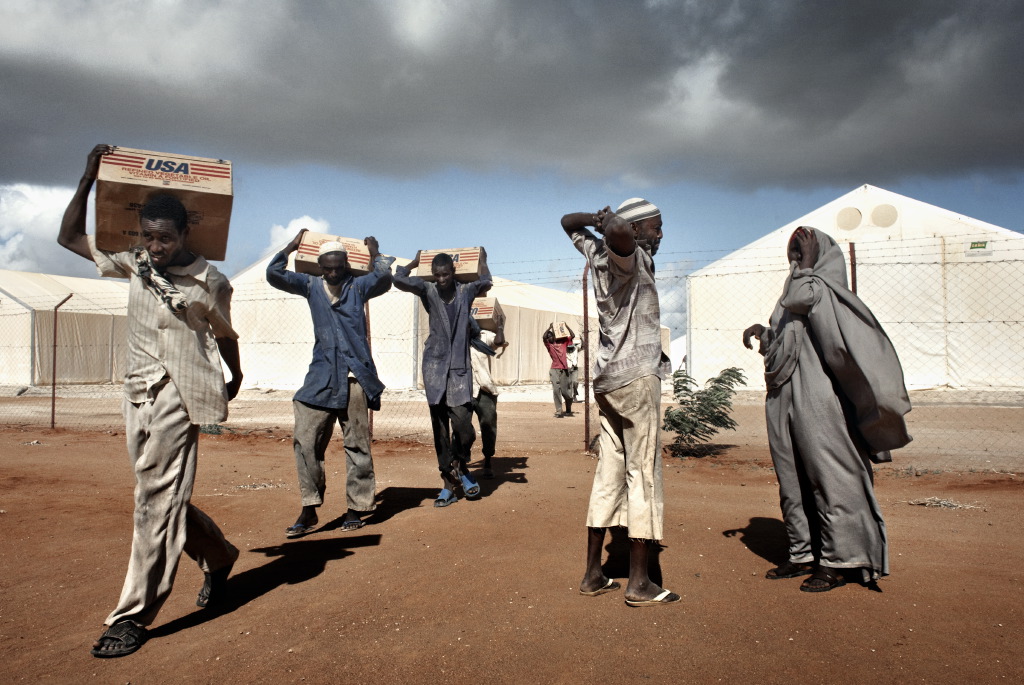
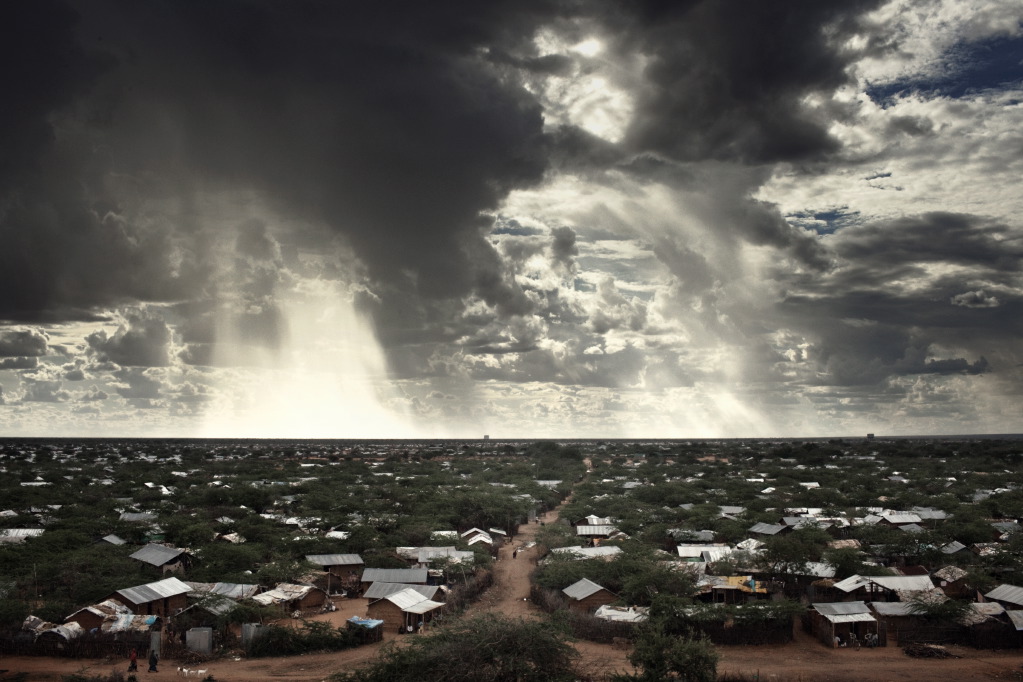
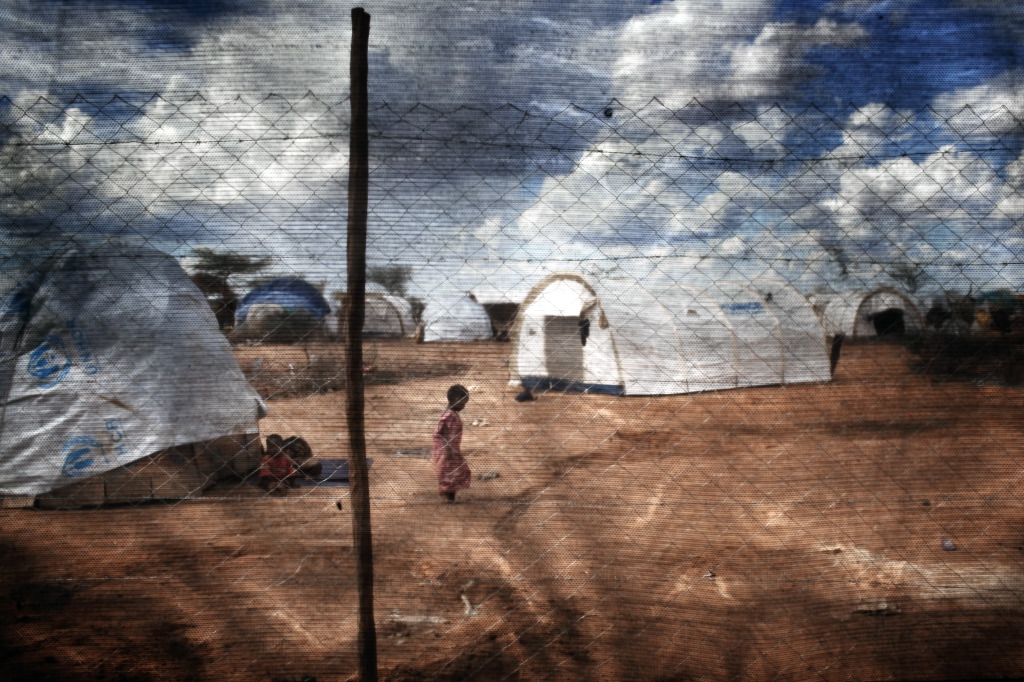
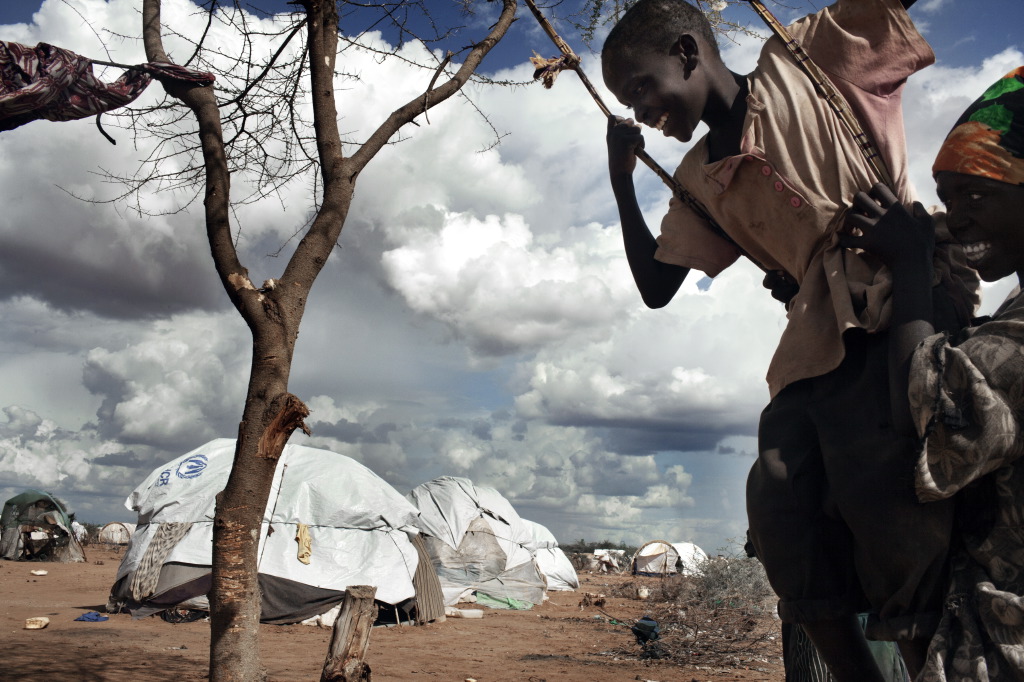
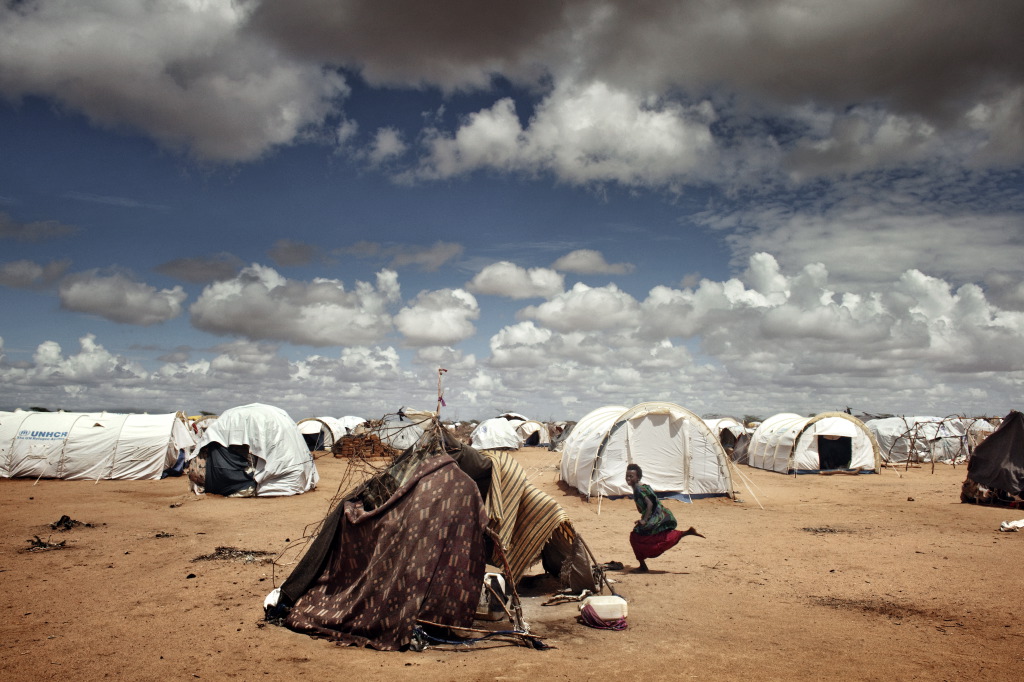
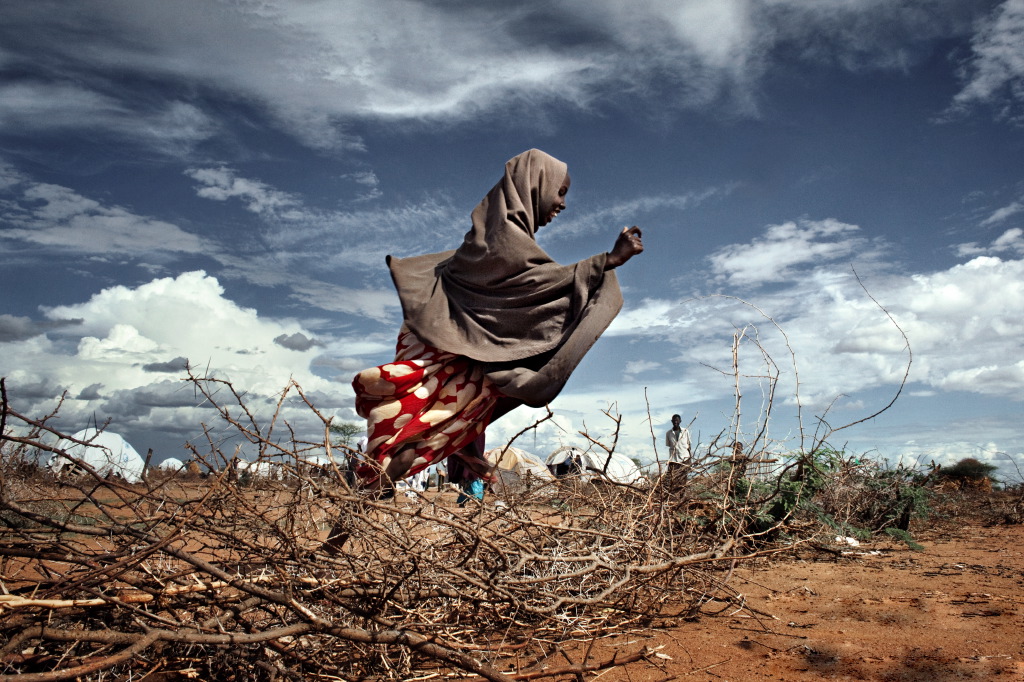
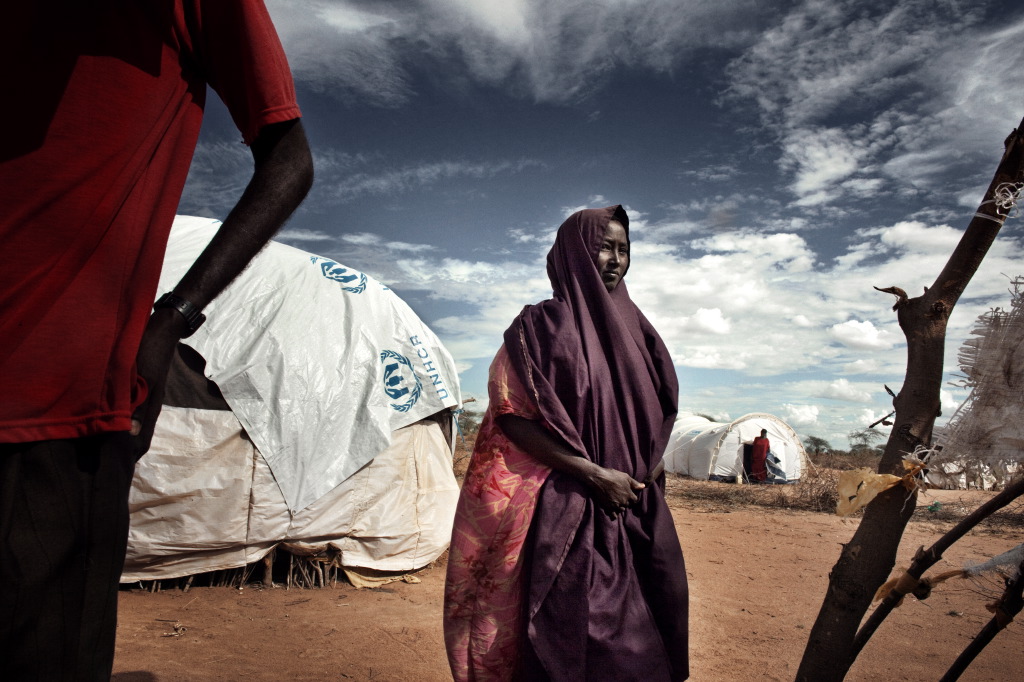
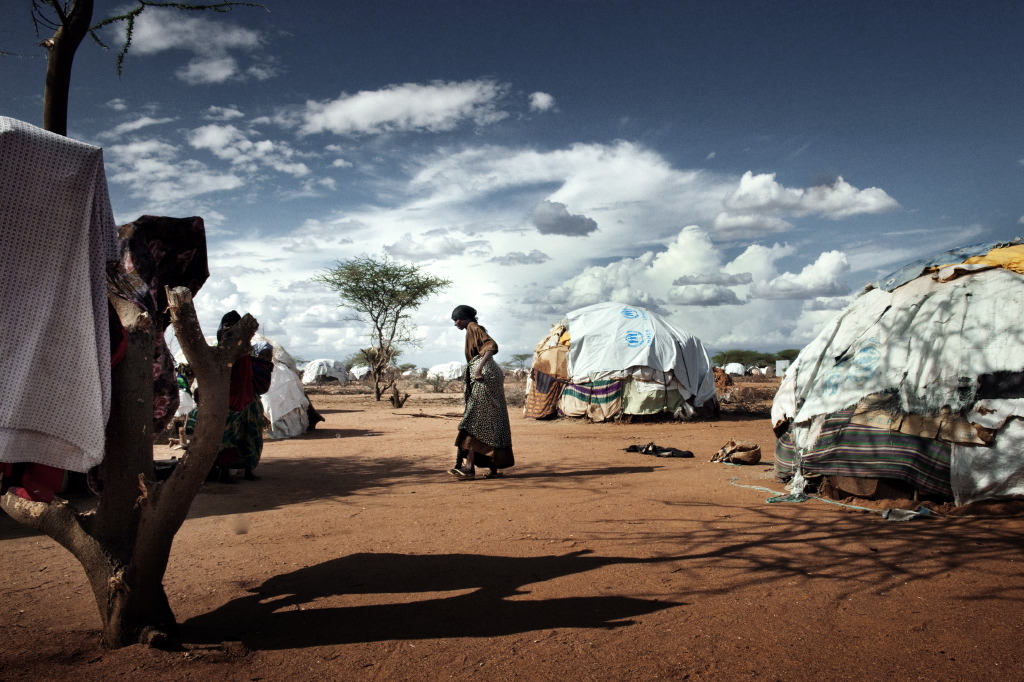
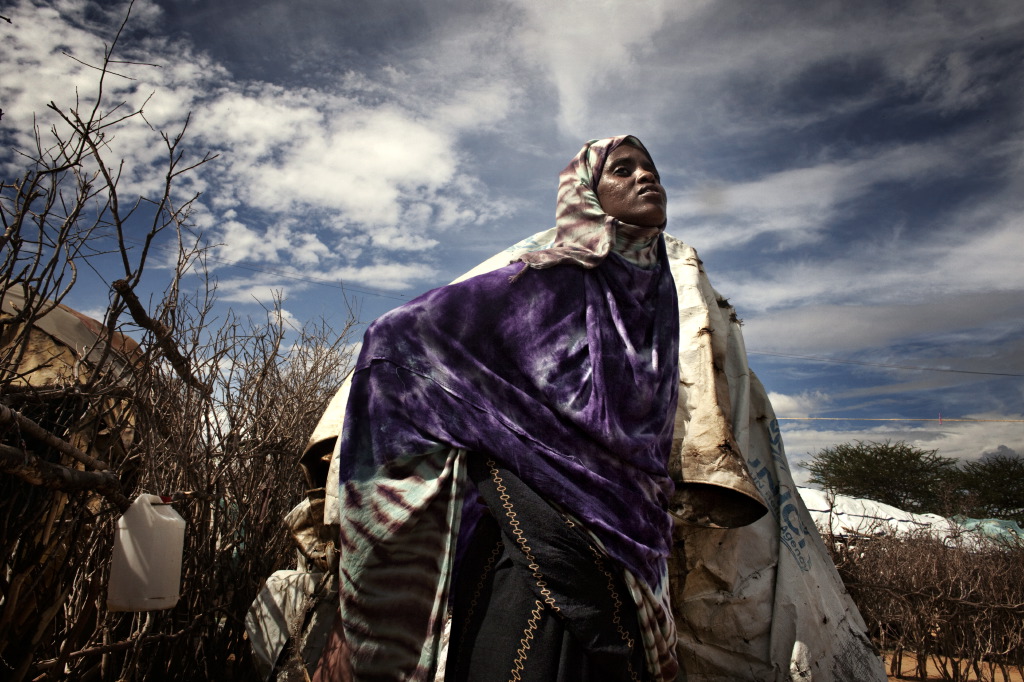
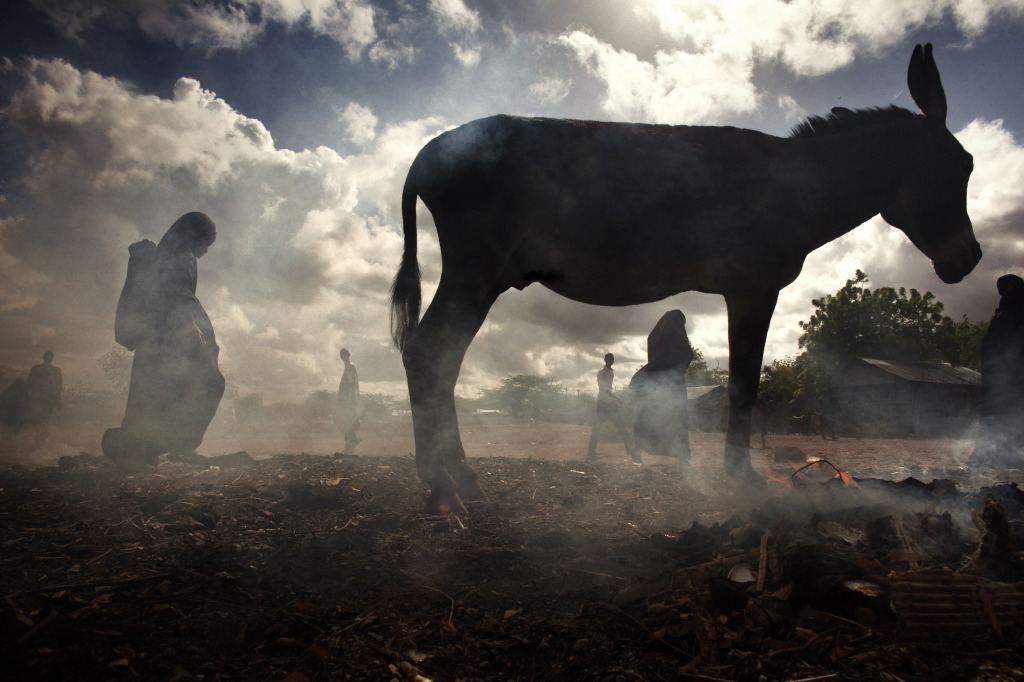
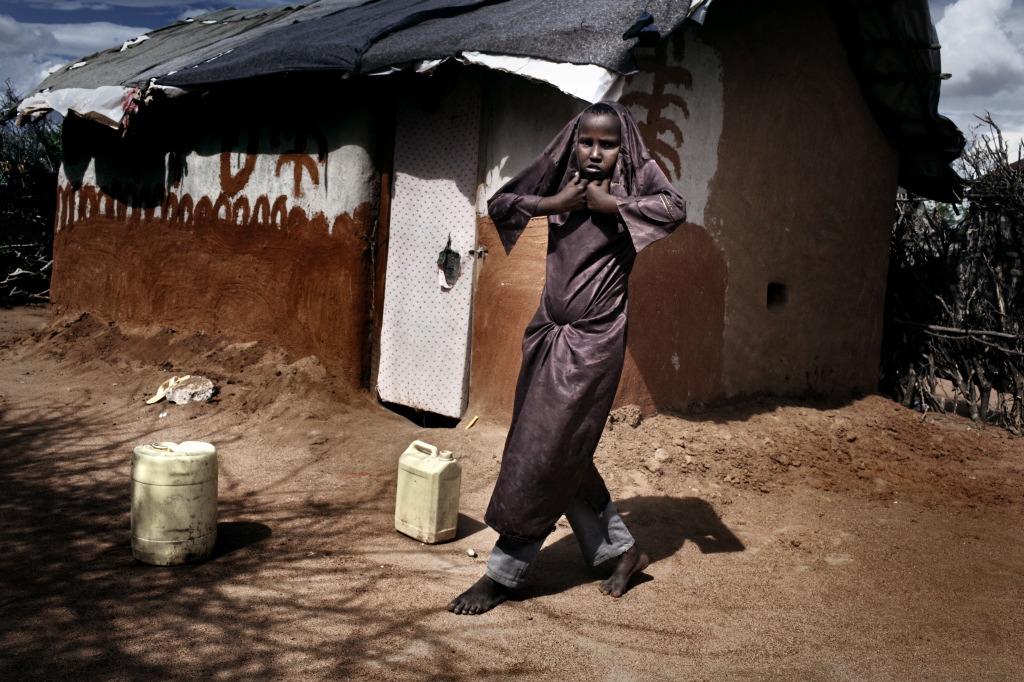
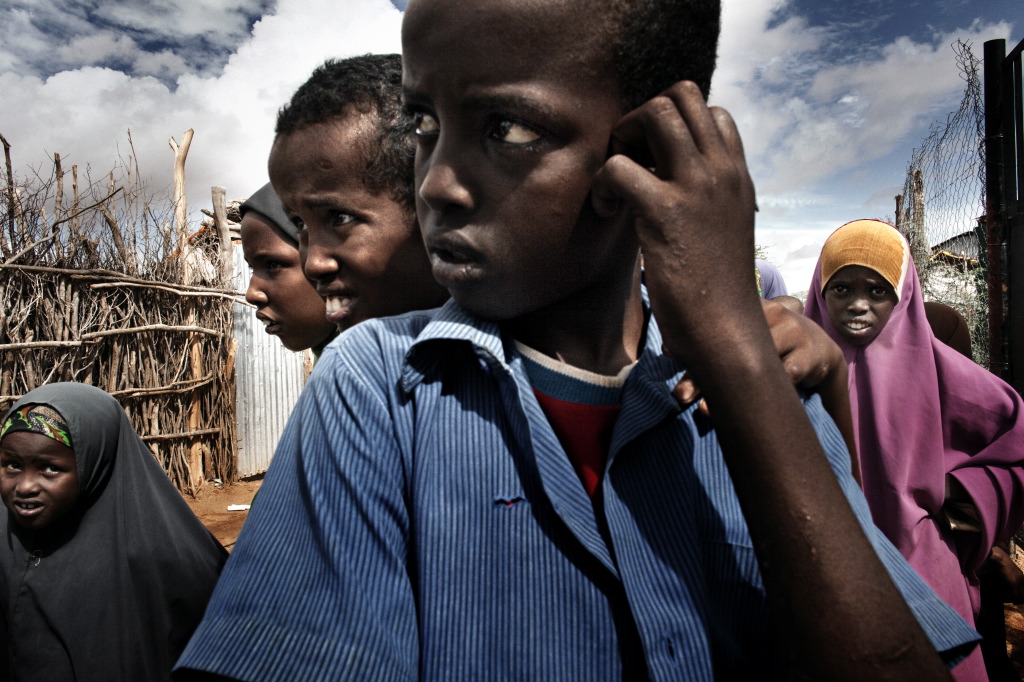
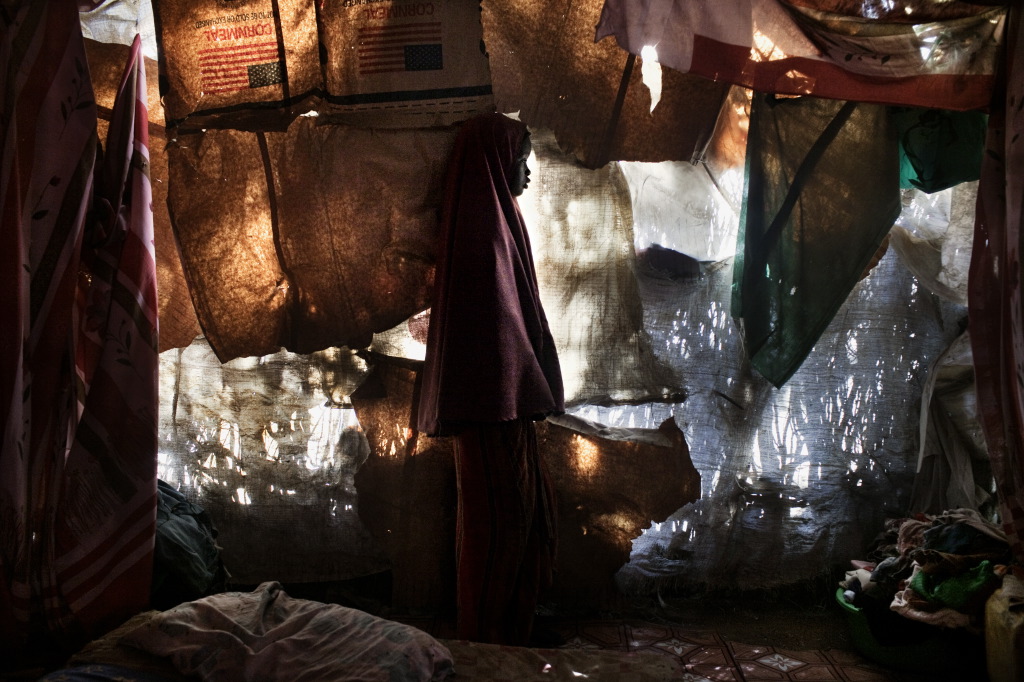
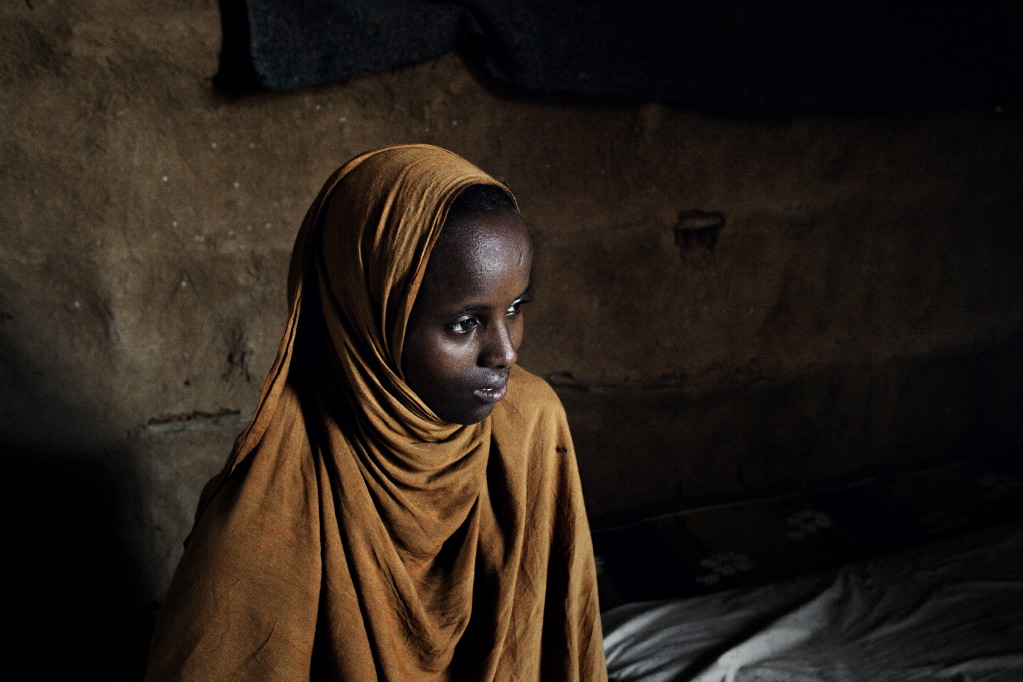
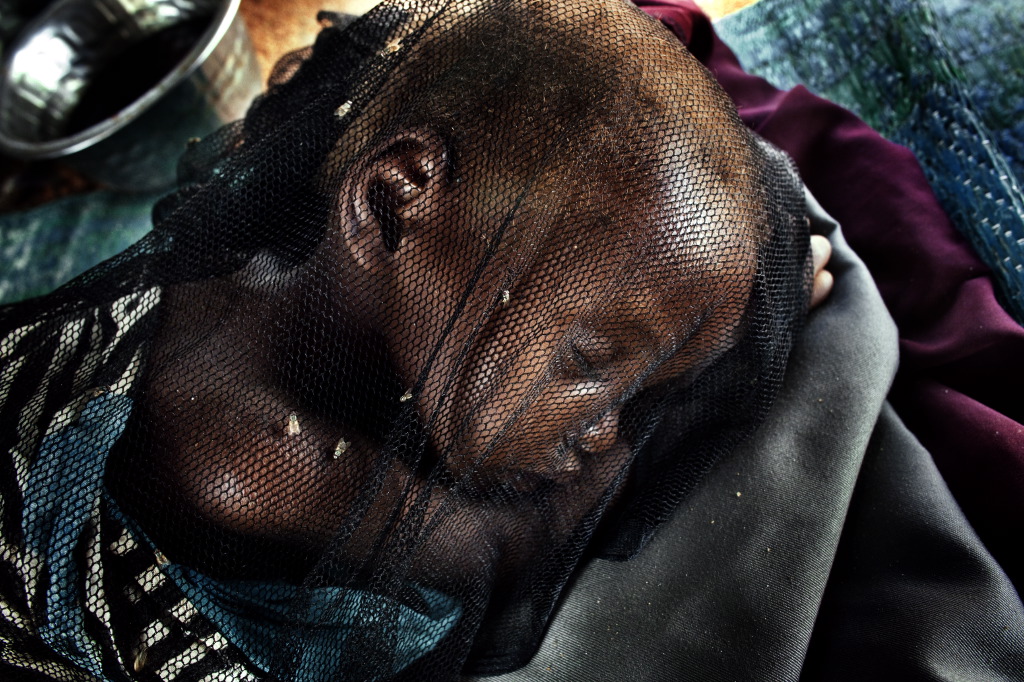
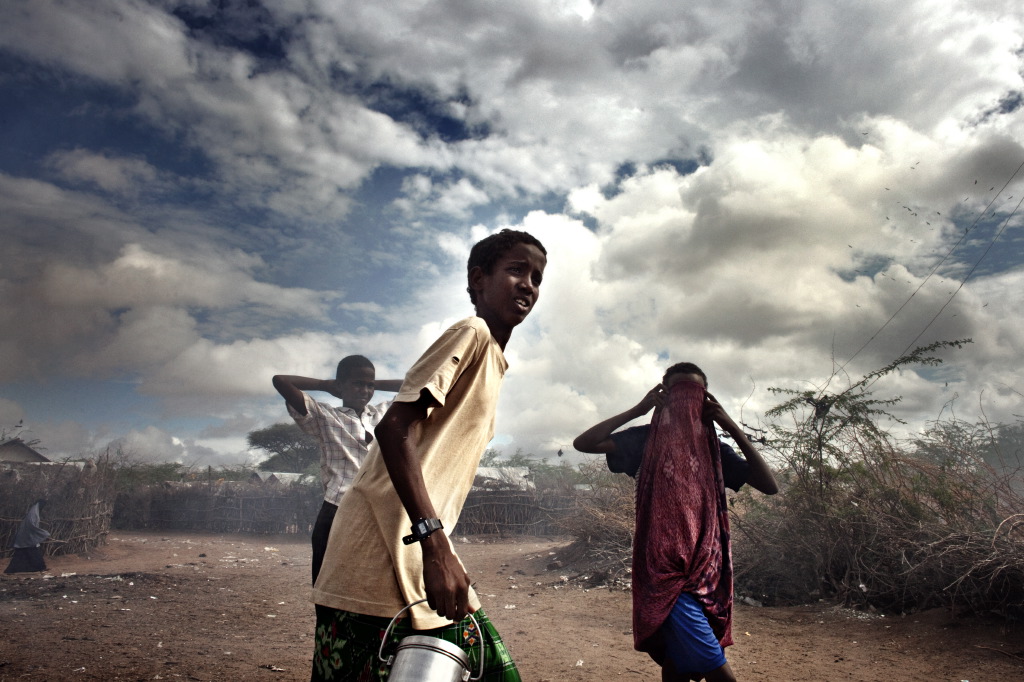
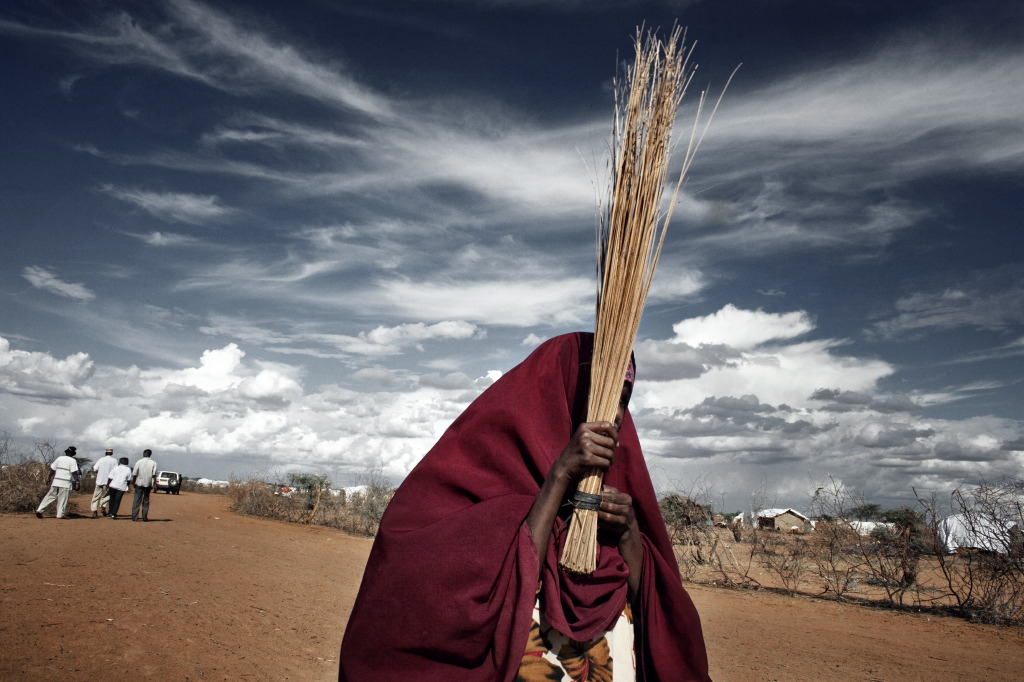
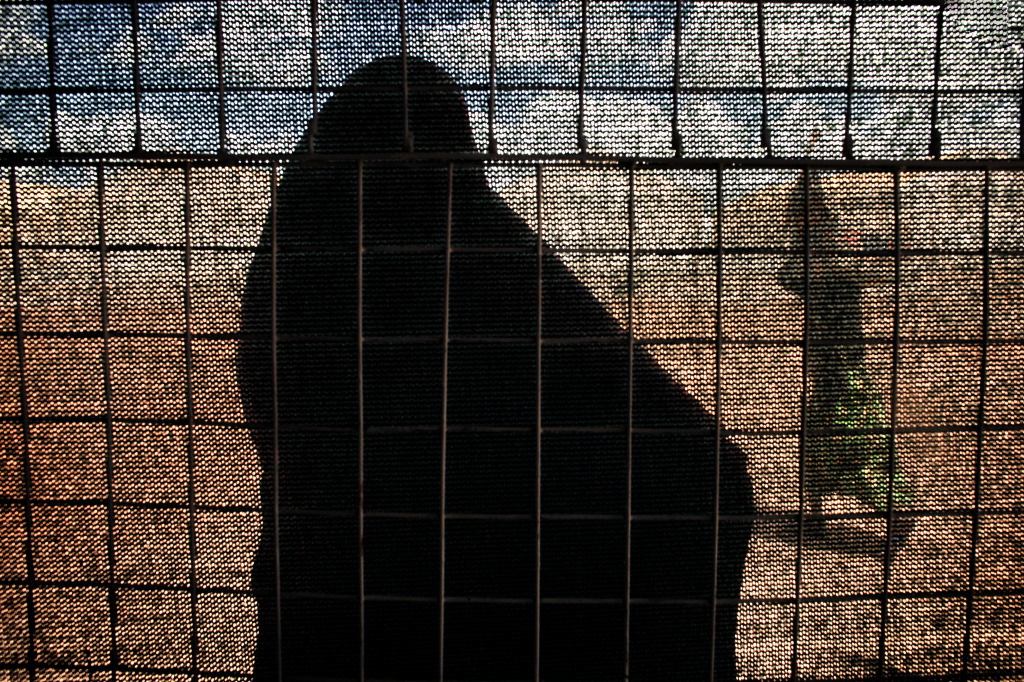
A selection of photos from the archive of Luca Catalano Gonzaga is available as collector’s prints. The goal of print selling is to contribute to the realization of the photographic projects of Witness Image that narrate the great transformations of our time.